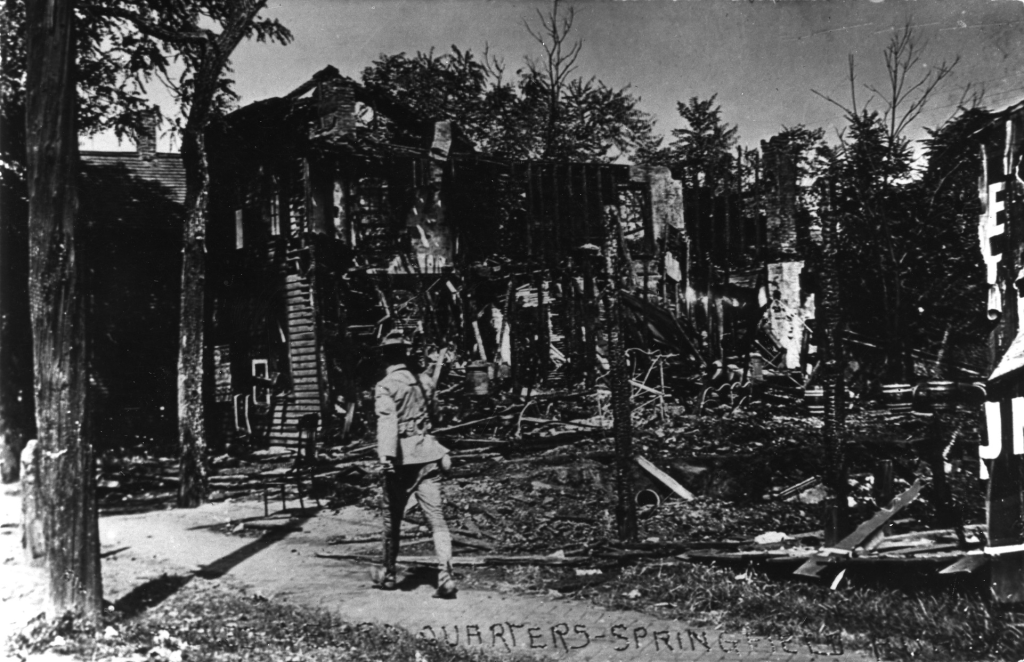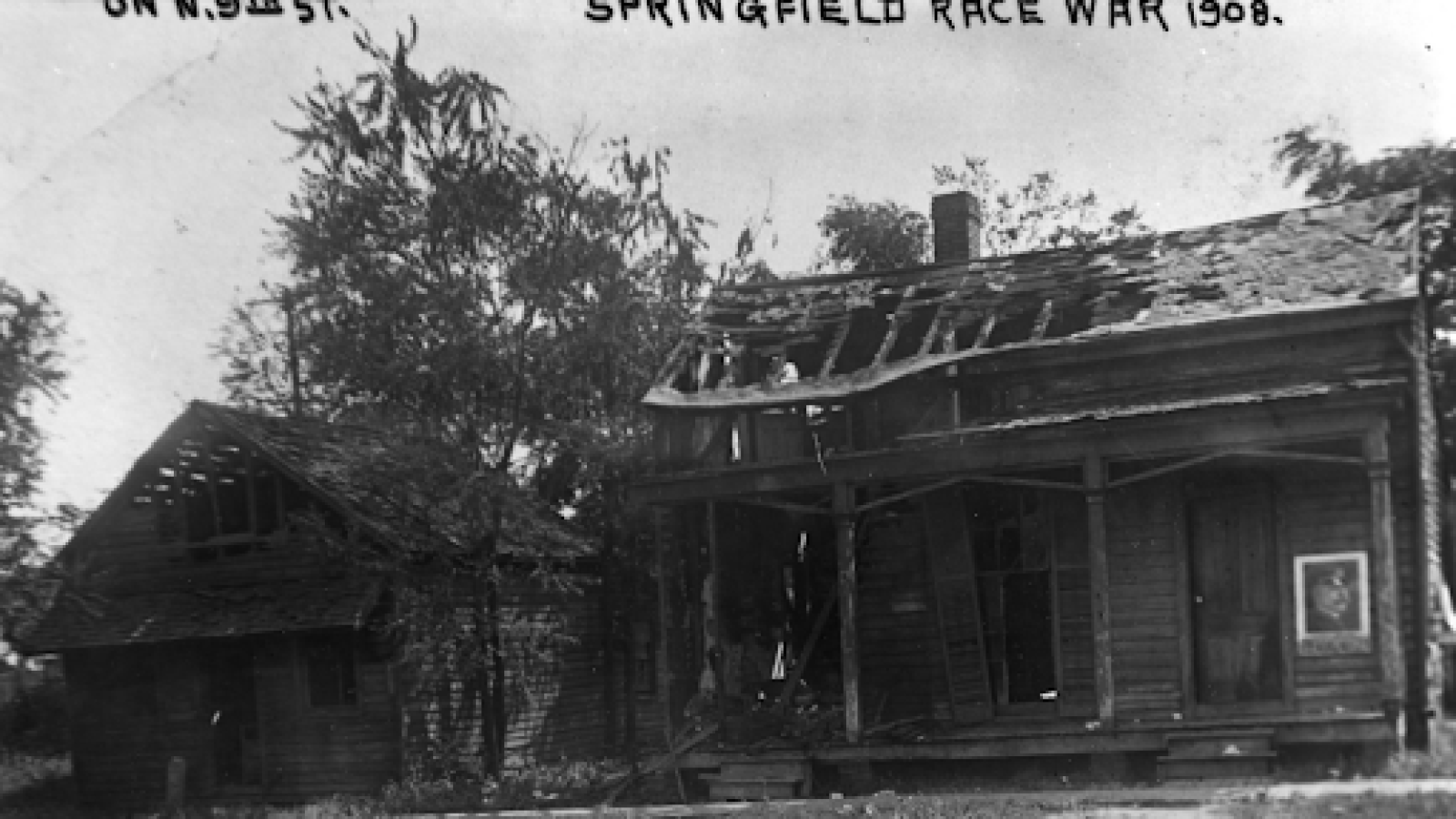By: Hannah Flath, Climate Communications Manager
Across the nation, National Parks tell stories about our shared history. In Maryland, a National Historical Park preserves the same landscapes on the Underground Railroad that Harriet Tubman used to carry herself and others away from slavery. In southern Ohio, the Hopewell Culture National Historical Park preserves the prehistoric earthen mounds constructed by Native American groups between 200 B.C. and A.D. 500. Here in Illinois, advocates have long campaigned for the preservation of a critical piece of Illinois and American history as a National Monument – the site of the 1908 Springfield Race Massacre.

Land of Lincoln
While Illinois has historically been revered as the progressive “Land of Lincoln,” the capital city’s legacy also includes one of the most violent race riots in America’s history. On August 14, 1908, a white mob gathered outside of the Sangamon County Jail in Springfield to demand the lynching of two Black inmates. After learning the county sheriff secretly moved them to another jail, the mob erupted in mass violence, setting fire to homes and businesses in Black neighborhoods and attacking and lynching Black residents.
The massacre, which ended two days later on August 16 when the Illinois National Guard was called in to ‘restore order,’ shed light on a truth many found hard to accept – racism was as prevalent in the North as in the South. This event inspired the founding of the National Association for the Advancement of Colored People (NAACP), and recently, the local Springfield branch of the NAACP has led the charge to urge the Biden administration to use the Antiquities Act to create a National Monument to honor the site. The proposed monument would encompass an archeological site near Madison Street and the 10th Street Rail Corridor where artifacts and the foundations of five houses burned down in the riot have been found.
The Springfield Community Takes Action
Several IEC partners have joined the Springfield branch of the NAACP’s advocacy efforts, including Sierra Club Illinois and the Faith Coalition for the Common Good. Many local leaders, including US Senators Tammy Duckworth and Dick Durbin, US Representative Nikki Budzinski, State Senator Sally Turner, Springfield Mayor Misty Buscher, and more, support the effort as well.
This week, 400 Springfield residents attended a community meeting hosted by the US Department of the Interior to share their vision for commemorating the Springfield Race Massacre of 1908. Many community members’ public comments centered around a common theme – this designation will serve as a reminder to learn from our history so as not to repeat it.
A Century of Consequences
What happened in Springfield in 1908 has reverberated across the past century. Still today, Springfield is divided by a set of railroad tracks – wealthy white folks predominantly live on the west side of the city, and poorer Black folks predominantly live on the east side. This segregation correlates with systemic racial inequity in our capital city. Black Springfield residents are more likely to experience environmental injustices like air pollution from the Dallman coal plant, water contamination from lead pipes, and “tree inequity” that leaves communities hotter and more polluted in the midst of the ongoing climate crisis.
Racial inequity in Springfield is a microcosm of racial inequity everywhere. In order to understand these inequities–whether environmental or otherwise–in Springfield and beyond, we must collectively reckon with our history. Designating the site of the 1908 Springfield Race Massacre as a National Monument is a first step in that reckoning and will shed light on the lingering effects of racial violence. IEC joins our partners in Springfield and across the state in calling on President Biden to use the Antiquities Act to establish a national monument in Springfield.
“Not everything that is faced can be changed, but nothing can be changed until it is faced.”– James Baldwin
About the Author
Hannah is IEC’s climate communications manager. As an Illinois transplant, she loves to learn about the Prairie State’s rich history and is grateful for the many community partners across the state who have illuminated our diverse people, culture, and movements.

